Beneficial for the Planet and the Industry’s Bottom Line
Annual global data output is expected to hit a whopping 175 Zettabytes by 2025, and to put it in perspective, that’s 1,000,000 Petabytes. Processing all that data requires an enormous amount of energy, with data centers consuming 20 to 50 times more than a typical office building does. In fact, most estimates point to data centers consuming 1-3% of global electricity supply.
And it’s not just energy, the U.S. Department of Energy estimates the water usage effectiveness (WUE) of an average data center using evaporative cooling is equivalent to the consumption of 1.8 liters of water per kWh. To put that into perspective, an average data center consumes around 10-20 million liters of water per day, which is more than a small town.
Simultaneously pressure is growing from all sides, from government and the general public to industry and investors, driving data center operators to ensure their operations become more energy and water efficient. As AI and digitization kicks up a gear, it’s clear the amount of data needing processing is only going to increase, requiring ever more power and water. With mounting calls for lower energy use and preservation of water resources, what is the solution to this seemingly impossible situation?
The answer is the Green Data Center.
The case for the construction of green and sustainable data centers has never been stronger than today and this holds true both globally, and regionally in Asia. Data center operators and hyperscalers alike in Asia now must put sustainability at the forefront of their operations.
As a young company with an ambitious goal to be a carbon neutral data center organization by 2030, at Digital Edge we’re well positioned to not only navigate the situation by future proofing all our new build data centers, but to use it to our advantage while achieving our ESG goals.
Building green, sustainable data centers requires a holistic approach, entailing everything from improved data center design, making facilities more efficient to reduce the amounts of water and power required, to utilizing renewable energy sources wherever possible. It also means working with suppliers of building materials to maximize use of environmentally friendly materials during the construction of new projects. Finally, it’s critical to have a deep understanding of customers’ operational requirements to ensure operators can provide the most sustainable IT solution.
Two new green Digital Edge data centers in Asia
We have two new colocation data centers in Asia which we believe are illustrations of how to build green, sustainable data centers; our NARRA1 facility in Manila which opened in March 2023, and our EDGE2 facility in downtown Jakarta which opens in early 2024.
These two colocation data centers are the first in Asia to utilize Statepoint® Liquid cooling technology, a patented innovation by Nortek, which provides a new paradigm in cooling for the colocation data center environment. The solution features breakthrough membrane exchanger technology, enabling evaporative cooling through a microporous membrane, thus providing a significant reduction in annual power and water consumption over existing technologies.
In our NARRA1 data center Manila, the use of this state-of-the-art technology enabled us to achieve a PUE of 1.15 at 75% load during Phase 1 testing, better than the ambitious design PUE of 1.193 (against a global average of 1.55), making it one of the most energy efficient data centers in the Philippines. Improving the efficiency of our data centers and reducing resource consumption is not only good for the planet, but against a backdrop of rising energy prices, it also has a positive impact on both the operator and customer’s bottom line.
In terms of green building standards and certifications, NARRA1 has achieved LEED Gold Certification and EDGE2 is also on track to do so, exceeding our company wide target to ensure all new builds achieve at least LEED Silver Certification. In Manila we achieved this by taking the holistic approach mentioned earlier, from working with vendors that provide data center piping made from recyclable plastic with a lower carbon footprint than metal alternatives, to making small changes such as using high-albedo materials on the roof to reduce heat and installing water efficient plumbing fixtures, all of which add up to reduce the building’s carbon footprint long term. We’re also exploring renewable energy solutions; our existing EDGE1 facility was the first data center in Jakarta to leverage a 100% Renewable Energy Certificate and we are looking to deploy similar solutions at our new EDGE2 facility.
Knowing Your Customers
Finally, data center operators that have a deep understanding of their customers’ business needs will have a greater ability to operate their data centers more sustainably. Jay Park, Chief Development Officer at Digital Edge explains, “Knowing our customers’ space and working with their IT team to assess the way they manage their data center infrastructure, we can educate customers about new technologies and innovations that in turn help reduce their carbon footprint. This includes accepting higher operating temperatures that reduce energy consumption while still maintaining the integrity of the system.”
There are also other ways to work with customers to reduce power consumption that are overlooked by many in the industry, Jay continues, “Building redundancy into the customer software rather than the data center itself means fewer generators, which are large consumers of power. Some data centers can reduce their reliance on generators by up to 70%. These facilities not only reduce their use of dirty energy, but they also store less diesel fuel on site and reduce emissions from generator testing, which is usually conducted at least once a month.”
By taking this holistic approach to sustainable data center design, construction and operation, combined with use of innovative technologies and a solid understanding of customers’ business needs, data center operators can effectively navigate the challenges posted by ever increasing needs for data processing. At Digital Edge, we are glad to be at the forefront of this movement, and we’re proud to set new standards for the data center industry to help both operators and customers’ to be more sustainable and profitable.

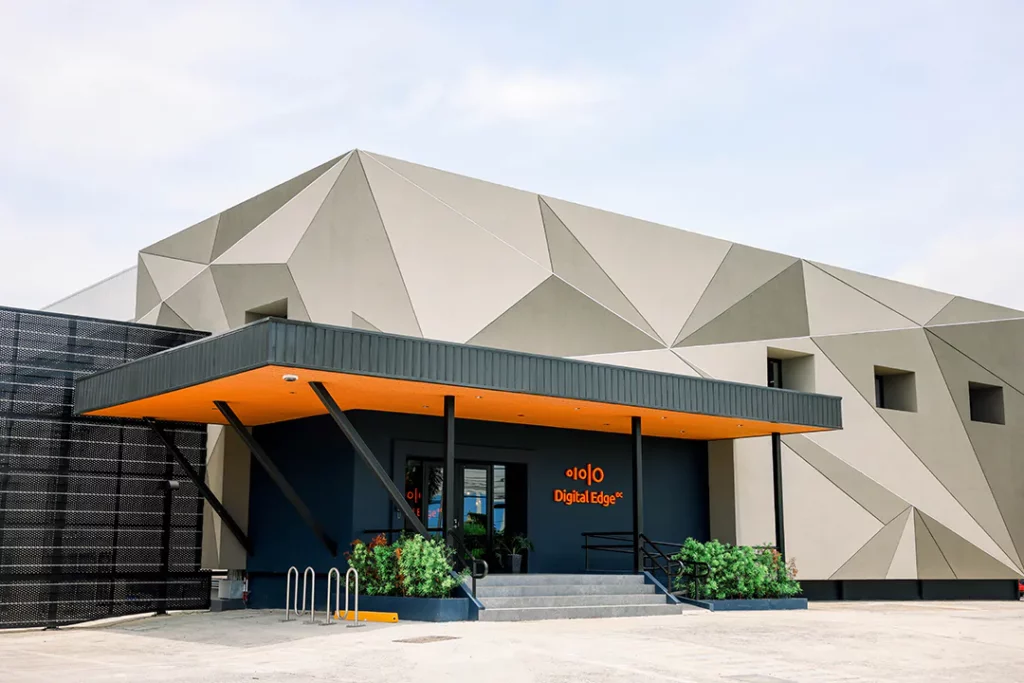
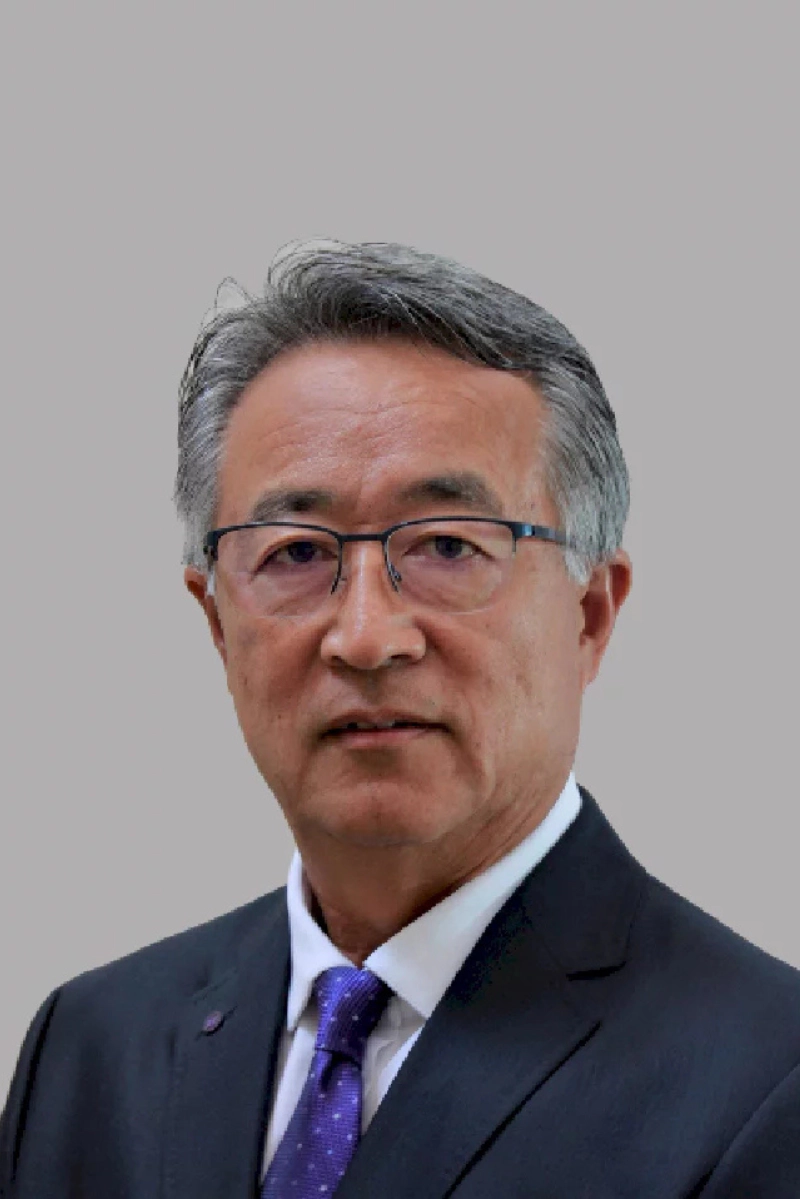
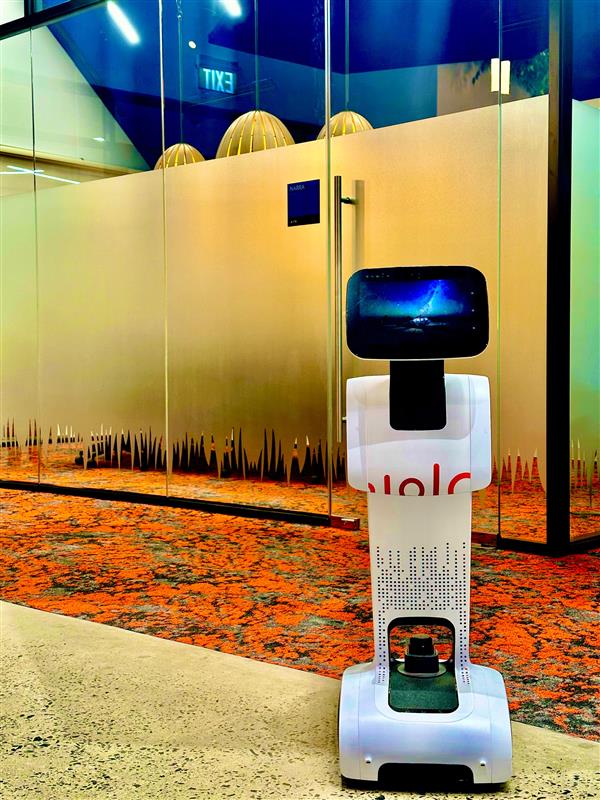

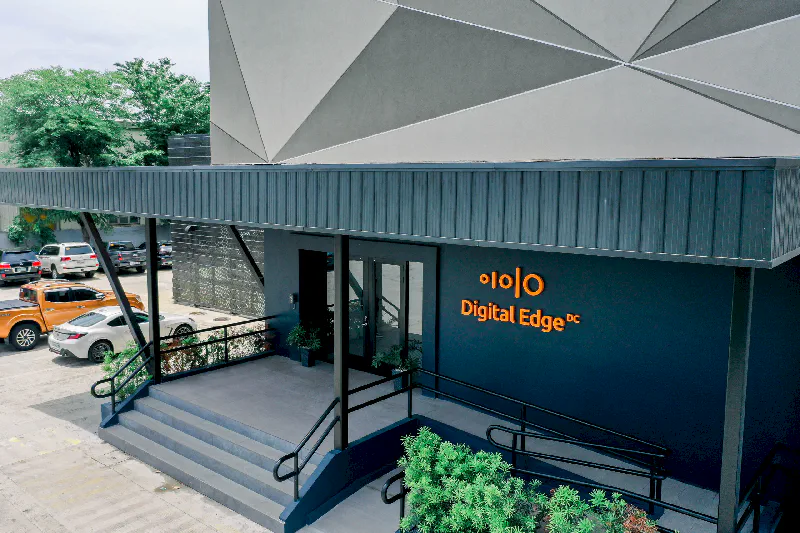
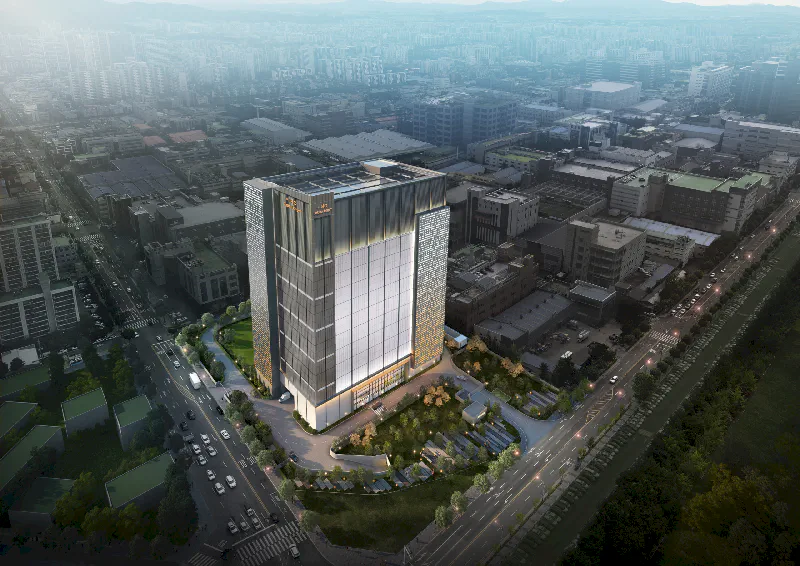
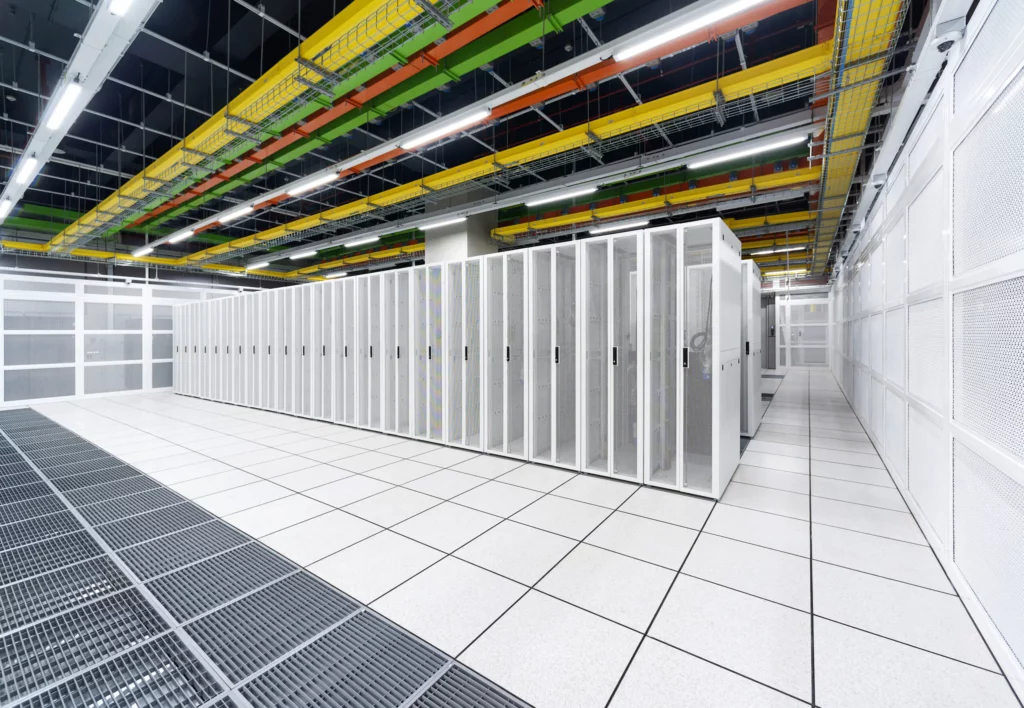
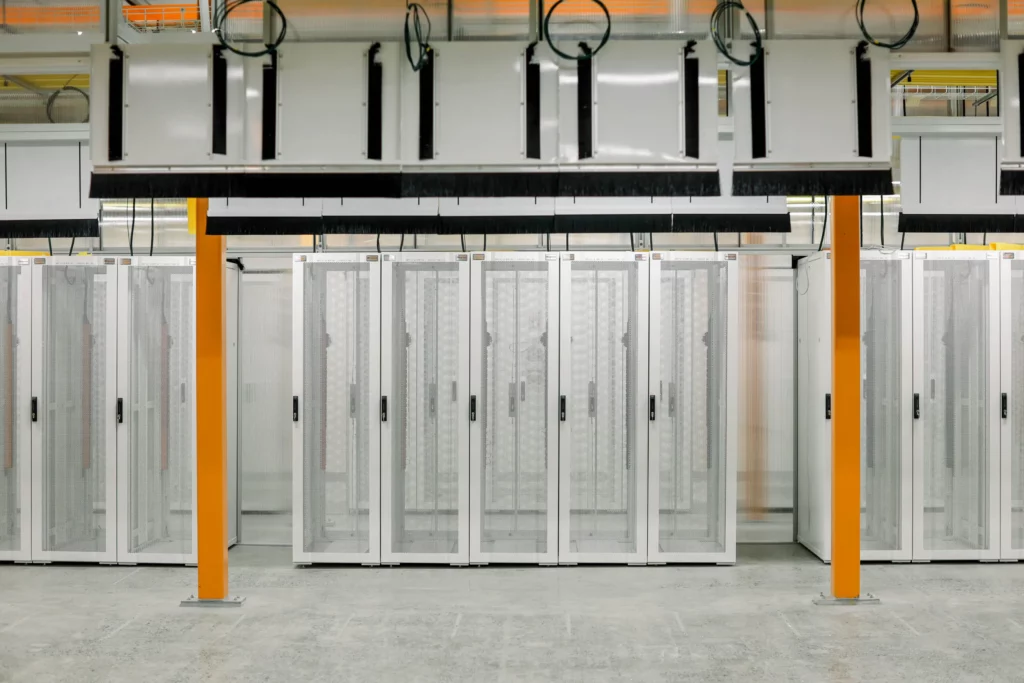
 logo are trademarks of Digital Edge (Hong Kong) Limited, registered in the U.S. and other regions and countries.
logo are trademarks of Digital Edge (Hong Kong) Limited, registered in the U.S. and other regions and countries.